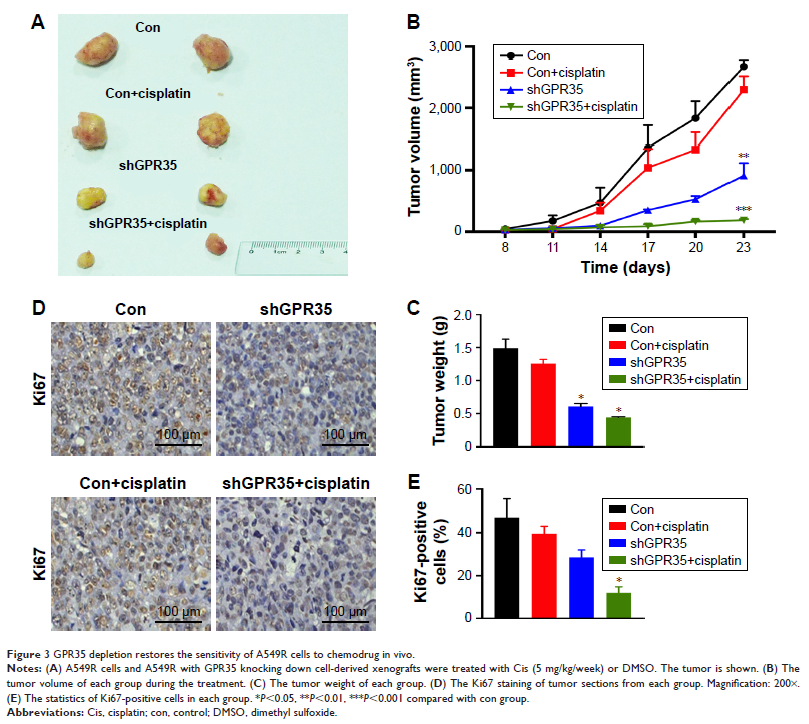108384
论文已发表
注册即可获取德孚的最新动态
IF 收录期刊
- 3.4 Breast Cancer (Dove Med Press)
- 3.2 Clin Epidemiol
- 2.6 Cancer Manag Res
- 2.9 Infect Drug Resist
- 3.7 Clin Interv Aging
- 5.1 Drug Des Dev Ther
- 3.1 Int J Chronic Obstr
- 6.6 Int J Nanomed
- 2.6 Int J Women's Health
- 2.9 Neuropsych Dis Treat
- 2.8 OncoTargets Ther
- 2.0 Patient Prefer Adher
- 2.2 Ther Clin Risk Manag
- 2.5 J Pain Res
- 3.0 Diabet Metab Synd Ob
- 3.2 Psychol Res Behav Ma
- 3.4 Nat Sci Sleep
- 1.8 Pharmgenomics Pers Med
- 2.0 Risk Manag Healthc Policy
- 4.1 J Inflamm Res
- 2.0 Int J Gen Med
- 3.4 J Hepatocell Carcinoma
- 3.0 J Asthma Allergy
- 2.2 Clin Cosmet Investig Dermatol
- 2.4 J Multidiscip Healthc

GPR35 的过表达通过 β-抑制蛋白/Akt 信号传导赋予 NSCLC 细胞的药物抗性
Authors Wang W, Han T, Tong W, Zhao J, Qiu X
Received 29 May 2018
Accepted for publication 19 July 2018
Published 26 September 2018 Volume 2018:11 Pages 6249—6257
DOI https://doi.org/10.2147/OTT.S175606
Checked for plagiarism Yes
Review by Single-blind
Peer reviewers approved by Dr Cristina Weinberg
Peer reviewer comments 3
Editor who approved publication: Dr Takuya Aoki
Background: Non-small-cell lung cancer (NSCLC) is the major leading cause of cancer-related death around the world. The resistance to chemotherapy limits the effects of clinical treatment. The aim of this study was to identify novel mechanisms involved in NSCLC chemoresistance.
Materials and methods: We explored the public database and commercial tissue microarray to evaluate the expression of G protein-coupled receptor 35 (GPR35). We established the chemoresistant A549 cell line to further investigate the biological function of GPR35 in vitro and in vivo. Then, we measured the altered signalings that GPR35 knocking down by Western blot assay.
Results: We demonstrated that GPR35 expression was significantly elevated in NSCLC tissues and correlated with poor prognosis. GPR35 was upregulated in our in vitro chemoresistance cell model. GPR35 depletion reduced the half maximal inhibitory concentration of chemodrugs and restored the sensitivity both in vitro and in vivo. Mechanically, we found that GPR35-mediated chemoresistance occurred partially via β-arrestin-2/Akt signaling. Furthermore, inhibition of β-arrestin-2 or Akt activation could suppress the GPR35 expression and overcome chemoresistance.
Conclusion: Our results suggested that GPR35 might serve as a novel therapeutic target to enhance the chemotherapy efficacy in NSCLC.
Keywords: GPR35, NSCLC, chemoresistance, β-arrestin-2
